Like A Dragon: Ishin Review
Like A Dragon: Ishin is a action-adventure video game developed by Ryu Ga Gotoku Studio and published by Sega. The game is set in Japan’s late Edo period and features a unique blend of action-packed combat, an engaging storyline, and a wide range of side activities. It was originally released for Japan in 2014, but was remade and had a worldwide release on February 21 2023 (or February 17 for the digital deluxe edition).
The combat system in Like A Dragon: Ishin is a major highlight of the game. The game features an action-oriented combat system that allows players to switch between four different fighting styles, each with its own strengths and weaknesses. The four styles are swordsmanship, hand-to-hand combat, firearms, and dancing style (a combination of swordsmanship and firearms). Each style has a distinct set of moves, combos, and abilities, and mastering them requires practice and skill.
The combat system is challenging on harder difficulties, but also incredibly satisfying, and the variety of fighting styles ensures that combat never feels repetitive. There are easier difficulties as well if you’re not familiar with action-based combat. Additionally, the game features the Heat mechanic that allows the player to unleash devastating special moves when their Heat gauge is full and if certain conditions are met. Heat is gained from defeating enemies or from eating or drinking certain foods (usually alcohol). The Heat moves are flashy and over-the-top and also deal decent damage, adding to the game’s already impressive sense of style and spectacle. I got a huge laugh when I was carrying sour food, which allowed me to unleash a unique heat action and shove the sour food into an enemy’s mouth.

The game’s storyline is also a strong point, as it features an engaging plot that keeps players hooked from beginning to end. The game’s protagonist, Sakamoto Ryoma, is a historical figure who is caught in a plot where rebels want to overthrow their government. The story is filled with political intrigue, personal drama, and plenty of action, making for a thrilling experience and a fun history lesson, though of course the historical events are exaggerated.
One of the strengths of the game’s story is how it shows historical events but with Like A Dragon characters instead. The game’s developers have done research, and many of the characters and events in the game are based on real-life Japanese history but it’s really interesting that the characters are represented with Yakuza and Like A Dragon characters (and it works surprisingly well).
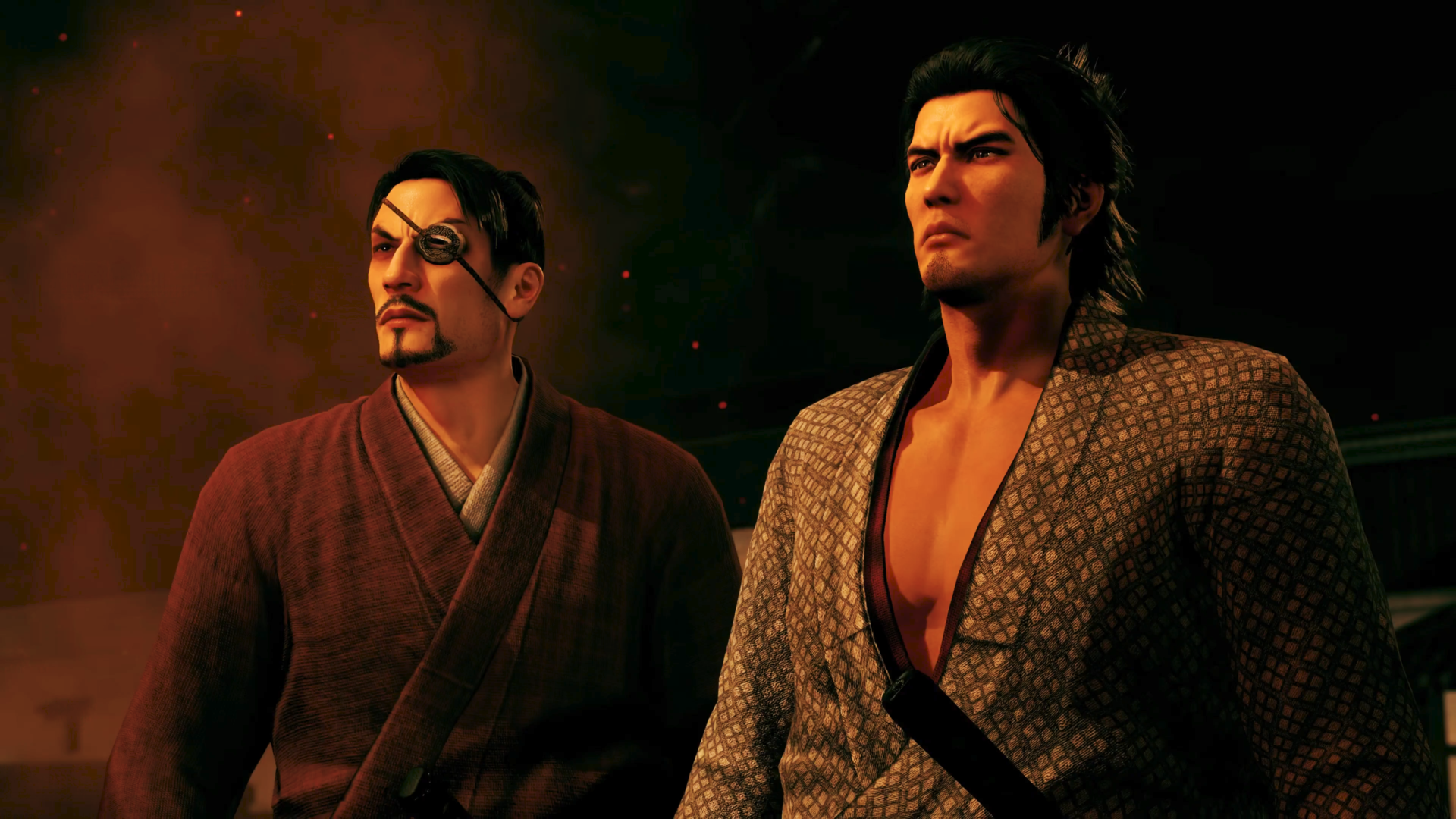
In addition to the main storyline, Like A Dragon: Ishin also features a wide range of side activities to keep players entertained. These include gambling games, fishing, dancing, and farming. The side activities are all well-designed and provide a nice break from the main storyline.
Substories or sidequests are an integral part of the Like A Dragon series, and they offer players a wide range of optional activities to engage with while exploring the game’s world. These sidequests typically involve helping out various NPCs around the game’s world. They’re fully-fledged side stories that often involve a series of quests that are linked by a common narrative thread, offering a unique cast of side characters, interesting stories, and sometimes even unique combat scenarios and boss fights. Whether you’re looking for a break from the main storyline or simply want to explore the game’s world more fully, this game’s sidequests offer a wealth of content that is sure to keep players engaged and entertained for hours on end.
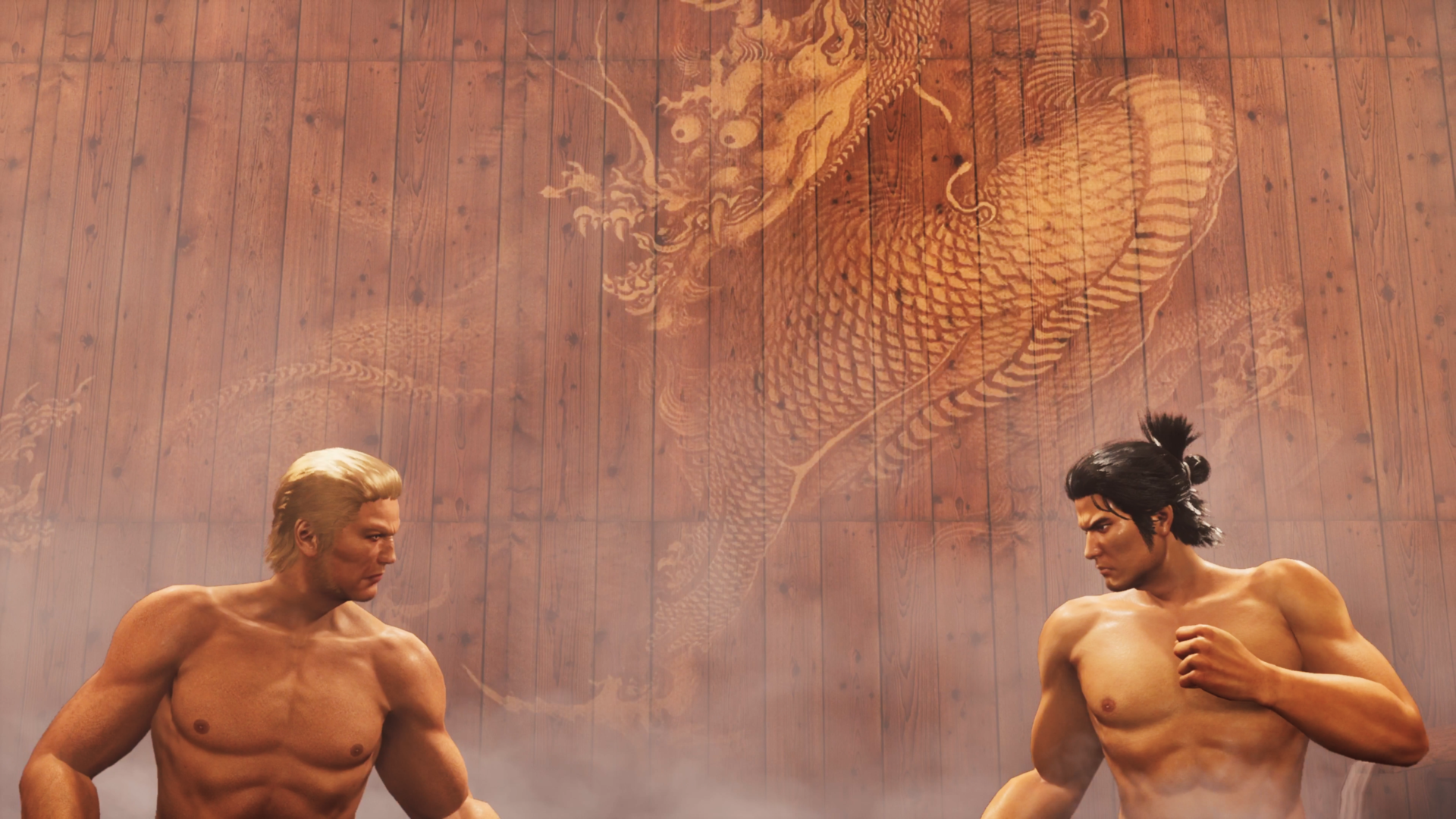
Dojos are specialized training centers where players can improve their character’s abilities and learn new moves. Dojos are scattered throughout the game’s world, and each one is dedicated to a specific type of combat style or weapon. To access a dojo, players will need to find its location in the game’s world (most are found automatically from progressing the main story) and then speak to the sensei who runs the facility. The sensei will then offer a series of training exercises or challenges that the player must complete in order to improve their character’s skills. You can then purchase new abilities after completing the training. Experience is used to gain abilities and can be gained from progressing the story and defeating enemies and bosses. Interestingly, if you complete filling out all abilities, you can reset it while keeping your stats and you can keep filling them out further allowing you to break past your limits.
The types of training available at each dojo will depend on the combat style or weapon that the dojo specializes in. For example, a dojo that specializes in hand-to-hand combat may offer training in martial arts moves or techniques such as counters, while a dojo that focuses on swords may offer training in different sword styles and techniques such as parrying with the sword.
The friendship or bond system is a key feature that allows players to build relationships with various NPCs throughout the game’s world. As players interact with these NPCs and perform various tasks for them, their friendship level with them will increase, unlocking new rewards and benefits. To increase friendship levels with NPCs, players will need to engage with them in various ways, such as completing side quests or giving gifts and often these NPCs will have unique dialog and a small story associated with them. As friendship levels increase, players can unlock new abilities, items, and other rewards.
One of the benefits of the friendship system is that it provides additional incentive to explore the game’s world and engage with NPCs outside of the main storyline. By building relationships with various characters, players can unlock unique insights into the game’s world and lore, as well as unique rewards that can’t be obtained through other means. This game features many shopkeepers who you can befriend and if you raise your bond with them you can unlock new exclusive items on their menu, for example.
The farm is a key feature that allows players to grow and harvest various crops which can be given as gifts or sold for money, as well as raise and care for animals which you can befriend. By managing their farm effectively, players can produce a variety of resources and items that can be used in the game’s crafting and cooking systems allowing for the creation of more powerful weapons, accessories, and food (healing items), as well as sold for profit. To access the farm, the player will need to progress through the game’s story until it becomes available.
By managing their farm effectively and growing a variety of crops and raising animals, players can become more self-sufficient and profitable, providing an additional layer of depth to the game’s economy and resource management systems. Like how Yakuza games in the past often had businesses for you to manage, in this feudal Japan era game you instead have a farm to manage! The substories were hilarious, where I had so much fun cooking in the game that the farm’s neighbors started talking about how good my food must’ve been, leading to a historical warlord visiting me and eating my food before a major battle and winning it.
The Battle Dungeon Missions are a set of challenging combat scenarios that can be accessed by speaking to a specific NPC located in the game’s world. These missions offer players a unique way to test their combat skills and earn valuable rewards and experience points. The Battle Dungeon offers players a set of increasingly difficult missions, each of which consists of a series of battles against powerful enemies leading to the superboss of these games. In addition to experience points and rewards, players can also earn rare materials by completing Battle Dungeon Missions, which can be used to craft or upgrade powerful weapons and equipment, making the missions a valuable source of resources and items for players looking to improve their combat capabilities.

The Diligence Records is a system that tracks a player’s progress and achievements across various activities in the game. These records are essentially a form of achievement system that can be viewed in the game’s menu, offering players a way to track their accomplishments and earn rewards. Diligence Records are divided into various categories, each of which tracks a different aspect of a player’s progress.
For example, there are records for completing sub-stories, defeating specific enemies, or achieving certain milestones in the game’s story. As players progress through the game and achieve different milestones, they will unlock new Diligence Records and earn rewards for their accomplishments. These rewards can include experience points, in-game currency, and special items or equipment. If you do all the side content in this game, you can turn a 40 hour game into a 100 or even 200 hour game.
In addition to substories and bonds with friends, there is a wanted system that allows players to hunt down and defeat powerful criminals who are causing trouble in the game’s world. These criminals are known as “Wanted” targets, and they can be found throughout the game’s various districts. These battles are typically more difficult than regular battles in the game, as the targets have higher stats and unique abilities that make them formidable opponents. My only criticism is that you’re only given a general area to look for the wanted enemies, and often you’ll need to wander around a bit until you get robbed by the wanted criminal. The wanted missions actually do have a cohesive storyline where you solve the mystery of why ninjas and criminals in tengu masks are robbing the village folk.
In addition, there are rythm minigames in this title as well, such as singing in Utamaruya and dancing in Nichibuza. There’s even a courtesan minigame where you can play games with Anna Konno such as rock-paper-scissors. You can also make and sell soup in the Udon Shop to raise money.
One small drawback of the game is its complexity. Like A Dragon: Ishin features a lot of different systems and mechanics, and it can be overwhelming for newcomers to the series or players who are not familiar with Japanese history. Newer players may be intimidated because they’re trying to complete the main storyline, only to get bombarded with a new substory every 10 steps.
However, the game does a good job of gradually introducing players to its various systems and mechanics, so even inexperienced players should be able to enjoy the game with some patience and practice. One nice aspect of this title is that there’s no missable content unlike the older games, so if you want to do the main story first and then tackle the substories that’s perfectly fine. It’s also great because there are often map markers indicating where everything is and this title, being a remake, has many quality of life improvements over older titles.

In terms of graphics and sound, Like A Dragon: Ishin is top-notch. The game’s visuals are stunning, with detailed character models, gorgeous environments, and impressive special effects. The game’s soundtrack is also excellent, with traditional Japanese music that perfectly capture the game’s blend of historical authenticity and over-the-top action (like in the bathhouse fight scene).
Another criticism I have is that there is unfortunately no English dub, you’ll have to play it with Japanese voice acting and English subtitles, which is too bad because we’ve been spoiled with English dubs for several games now. One thing about Yakuza and Like A Dragon games is that they do have very lengthy cutscenes just like you’d find in a Japanese or Korean drama, so if you dislike handle long, dramatic cutscenes, this might not be the game for you.
As far as I know, there really is no other game that fills the niche that Yakuza, Judgement, and Like A Dragon does. When I was much younger, I had a lot of fun in Shenmue not just playing the main story but also have fun with optional content such as playing in arcades, and over 20 years later I find myself feeling the same when I play Like A Dragon: Ishin. I really enjoy the dramatic cutscenes and the art style, specifically how the characters look realistic.
Like A Dragon: Ishin is a very fun game that offers a unique and engaging experience for fans of action-adventure games and Japanese history. With its challenging combat, many different combat styles available, an addicting crafting and upgrade system, engaging story, many mini-games and substories, and attention to detail, it is a must-play for anyone looking for a satisfying gaming experience.
Like A Dragon: Ishin
 Our Score: Amazing
Our Score: Amazing
Pros
- This remaster offers many quality of life improvements over the original game, such as new faces for the characters (they took characters from recent Yakuza games and used their likeness).
- The setting is very fascinating and if you’re into Japanese history you get to see the Meiji Restoration era, a time of political and social upheaval. The Japanese aesthetic is visually pleasing.
- There are many combat styles to choose from as well as abilities to unlock from dojos, allowing you to play how you like.
- Like with any Yakuza or Like A Dragon game, there’s plenty of optional content that can stretch your playtime for hundreds of hours. These include substories, wanted missions, mini-games, farming, mercenary missions, and more.
- Like with any Yakuza or Like A Dragon game this game is very narrative heavy and has cutscenes bordering on half an hour to even over an hour long, which is not for everyone’s taste.
- It does having pacing issues, and some story arcs can drag on for a while.
- This being a remaster of an old Yakuza game from 2014, sometimes the controls can feel a little clunky compared to the most recent games.
– Brandon Harris
Reviewed on PC
Recent Posts

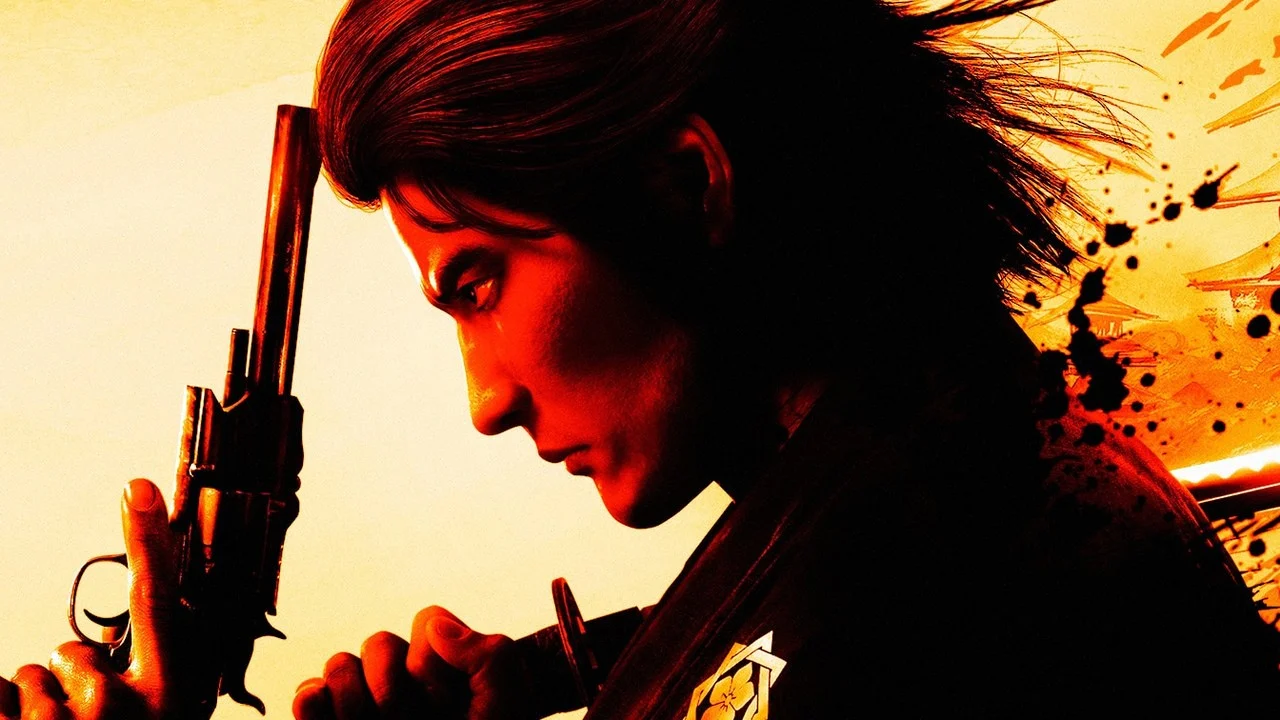


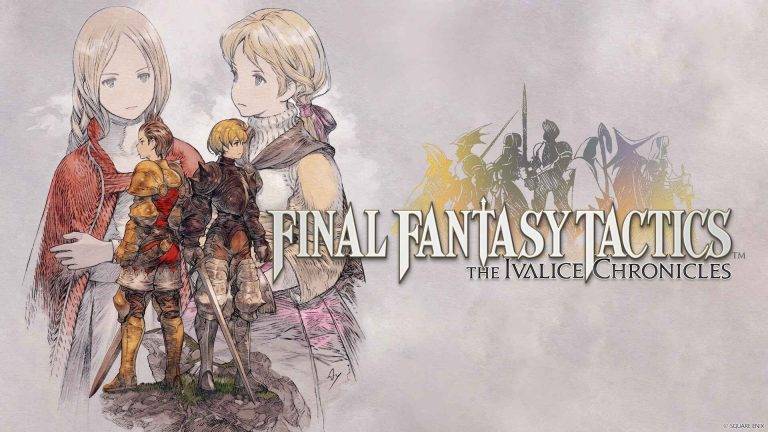
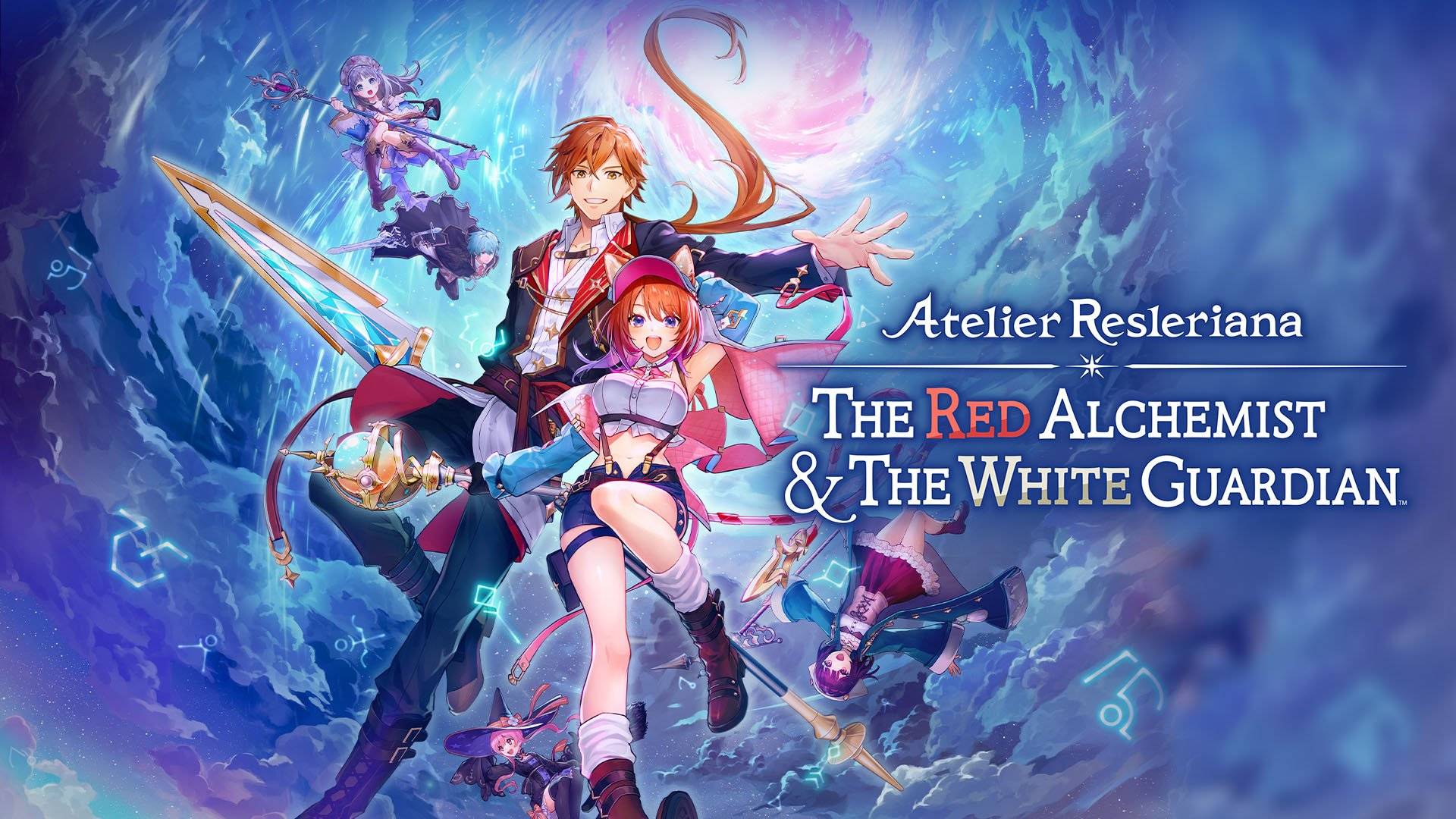
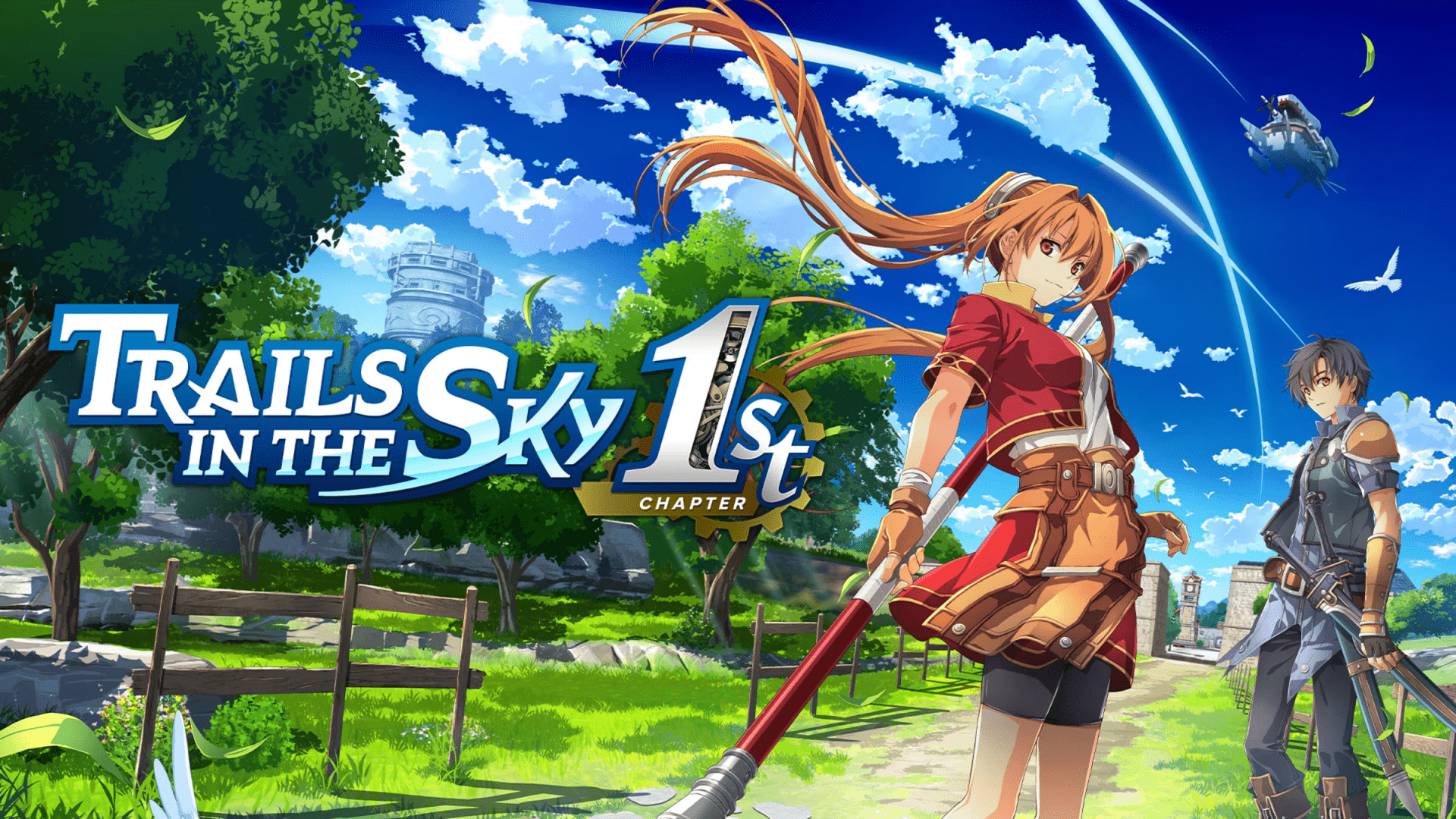
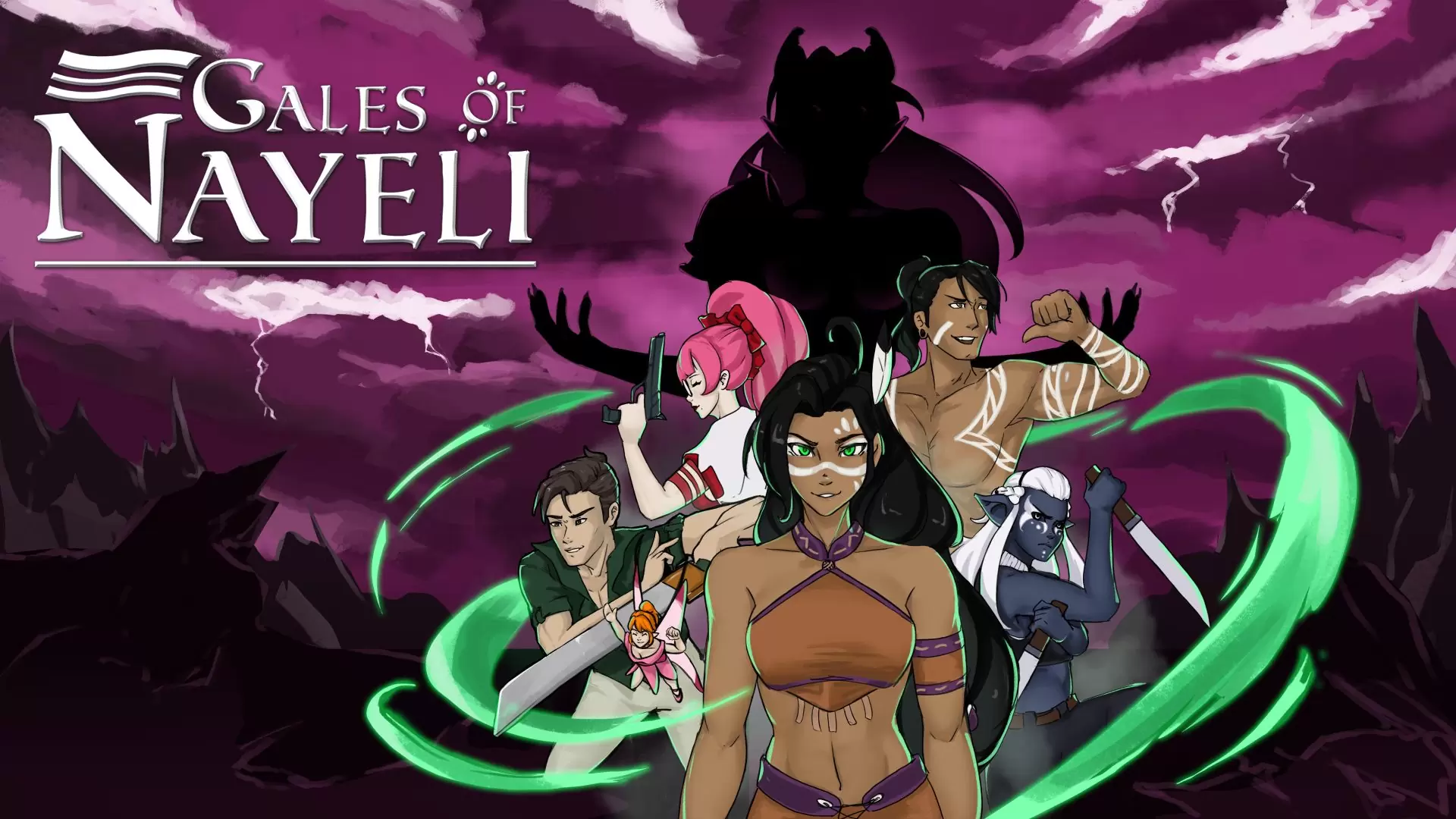

I thought the storyline was decent, however the overall gameplay was a tad bit repetitive and tedious. The hack-n-slash combat system got boring fast, i wish they had went with the turned based combat system like Yakuka Like A Dragon, only a few parts in Ishin did you have someone following you around but they aren’t really any help they was more like a meat shield.